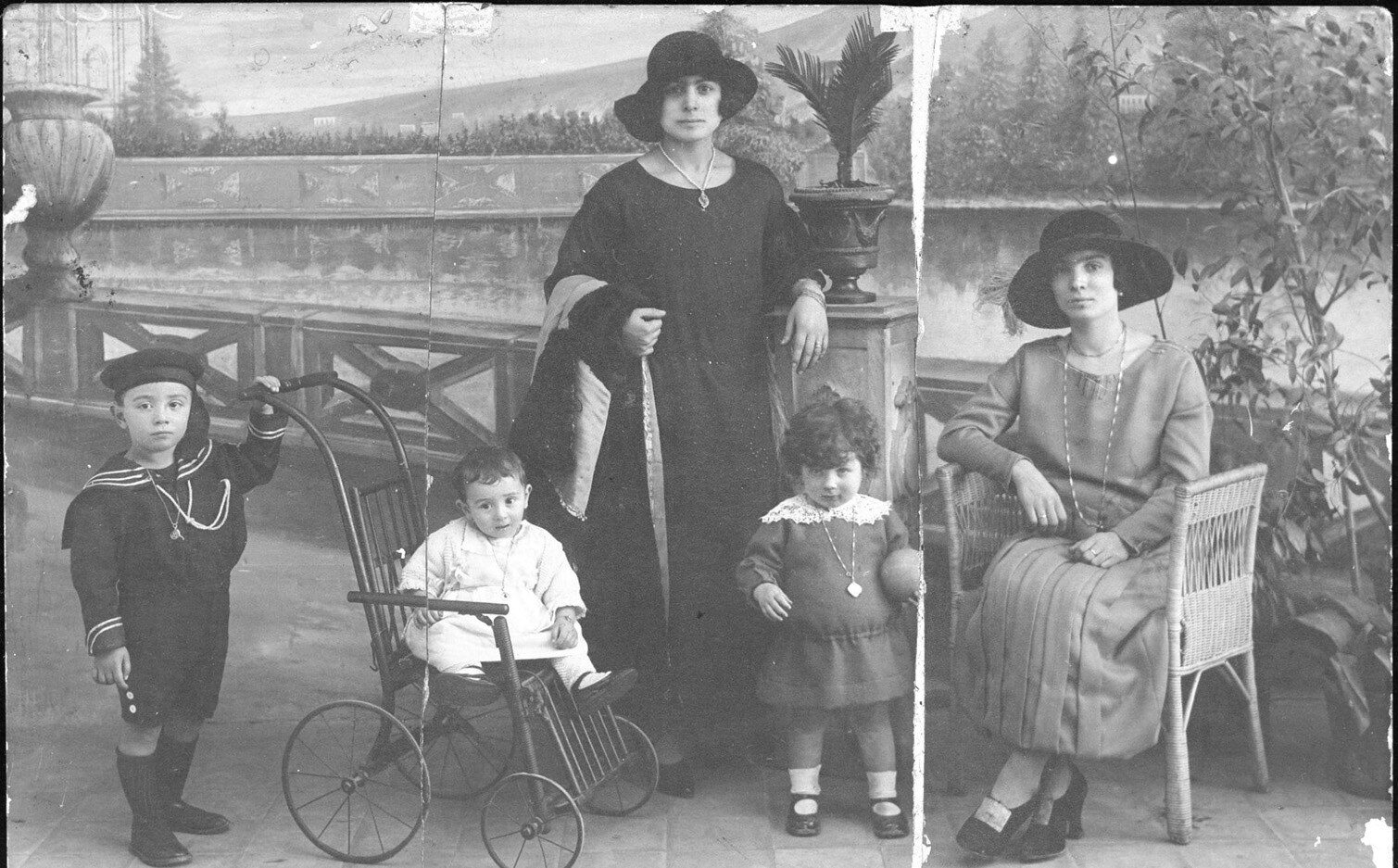Italian Migrants in The United States: A Special Guest Blog by Dr Matteo Pretelli
As part of Immigrant Heritage Month, guest blogger Dr Matteo Pretelli gives a potted history of Italian migration to the United States.
In the 1880s, Italians started to migrate en masse abroad. In particular, during the period spanning from the beginning of the twentieth century to the outbreak of World War I it was mostly Southern peasants who contributed to the number of those departing. Sicily and Campania (the region of Naples) were the location of the most numerous regional groups to emigrate and the United States became generally the main magnet of Italians.
Between 1880 and 1900 approximately 959,000 Italians emigrated to the United States; circa 3,200,000 more entered between 1900 and 1920. A multitude of economic, demographic and social reasons were behind this mass migration and it was a choice often taken by uneducated men such as farm labourers (two out of three immigrants were from an uneducated background) aged 14-45, who struck out across the seas on their own, often to be reunited with their wives and children later on.

Baldizzi Family. © Tenement Museum, New York. Further reproduction prohibited without permission.
Social networks made up of relatives, friends and co-regionals already settled overseas pushed the idea of circular migration by offering pre-paid steamer tickets, accommodation or jobs to new migrants. In the very first age of mass emigration to the United States, Italians were negatively labelled as ‘birds of passage’ for their pattern of working seasonally overseas and then returning to their homeland during the period of wheat harvesting. Beside these home visits, immigrants maintained ‘transnational’ styles of life through sending letters and remittances to their kin in Italy. All these practices contributed to immigrants preserving their culture across the decades. The United States was merely perceived as one of the more desirable locations to earn money which would eventually be used in the mother country.
Until the imposition of U.S. anti-immigration laws in the 1920s, only a minority chose to settle down permanently overseas; consequently, rates of acquisition of U.S. citizenship were quite low. The new laws rather imposed the choice to return to Italy or to settle permanently – a choice faced by families such as the Baldizzi Family, who settled in the Lower East Side, New York. Many chose the latter option and in the 1920s and 1930s, Italian communities improved their integration into local society. World War II was a dramatic event for people of Italian background, as the United States and Italy were on opposite fronts. As a consequence, Italian-Americans decided to side with their adopted country and showed their loyalty: roughly one million enlisted or were conscripted in the U.S. armed forces to fight the Axis powers. Thus, the war dramatically accelerated the integration of Italian ethnics in the U.S. cultural mainstream.
In the decades after the war (and against traditional bias that had labelled Italian migrants as violent, with criminal links and unaccustomed to the democratic values of American society), Italian-Americans showed that they were now full-fledged Americans. Today dozens of Americans of Italian extraction hold the highest posts in American politics, or have obtained achievements in the cultural, social and business realms; a process which can be researched through many documents included in Migration to New Worlds.
For more information about Migration to New Worlds, including free trial access and price enquiries, please email us at info@amdigital.co.uk.
Recent posts

The blog highlights American Committee on Africa, module II's rich documentation of anti-apartheid activism, focusing on the National Peace Accord, global solidarity, and student-led divestment campaigns. It explores the pivotal role of universities, protests, and public education in pressuring institutions to divest from apartheid, shaping global attitudes toward social justice and reform.

This blog examines how primary sources can be used to trace the impact of young voices on society, particularly during pivotal voting reforms in the UK and the US. Explore materials that reveal insights into youth activism, intergenerational gaps, and societal perceptions, highlighting their interdisciplinary value for studying youth culture, activism, and girlhood across history.
